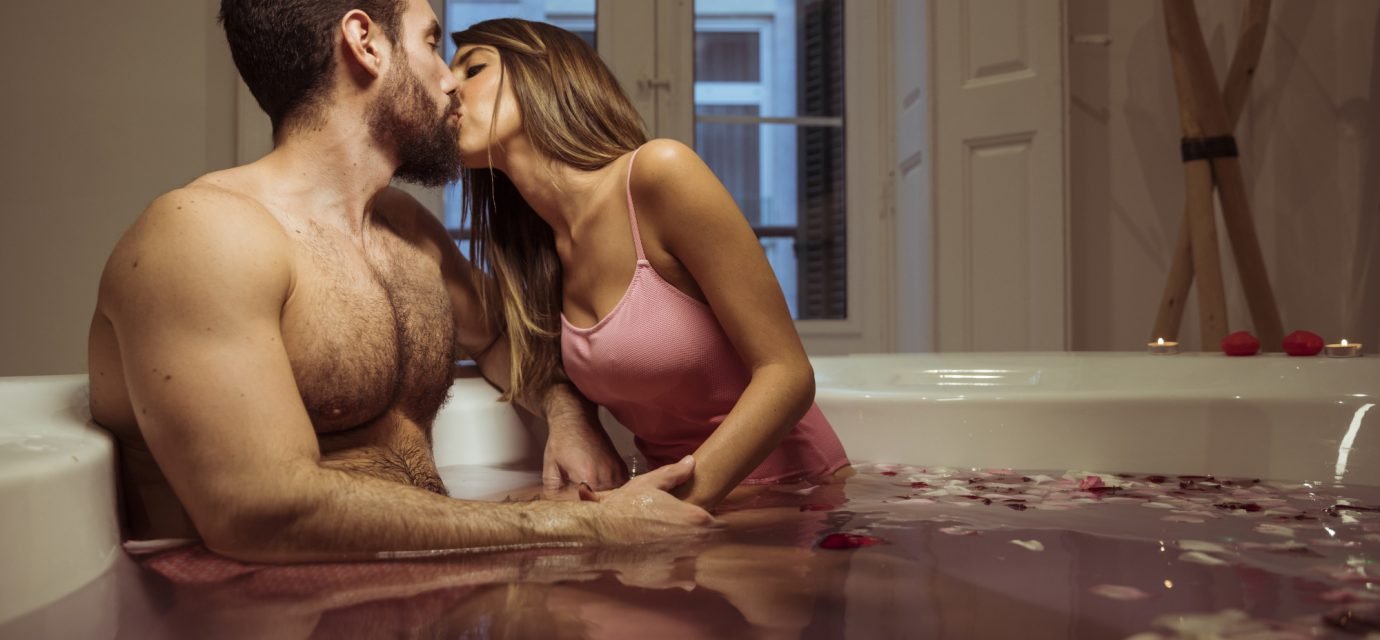Exploring Different Paths to Connection
When we navigate the swinging lifestyle, we quickly learn that meaningful connections take many forms. Some grow naturally through in-person encounters at clubs, house parties, or resorts, while others flourish through online communities, chat groups, and directories. Both avenues offer unique opportunities—and distinct challenges—for building trust, intimacy, and friendships within this open-minded world.
Table Of Content
- Exploring Different Paths to Connection
- Advantages of Online Connections
- Building Trust in Virtual Spaces
- From Chat to Reality: Transitioning Offline
- The Unique Energy of In-Person Connections
- Creating Community Through Face-to-Face Experiences
- Balancing Privacy in Public Spaces
- Blending Online and In-Person for a Fulfilling Lifestyle
- Nurturing Friendships Beyond Play
- Handling Challenges and Misunderstandings
- Respecting Boundaries and Consent
- Supporting Each Other’s Comfort Zones
- Final Thoughts
Understanding how to balance and blend online and in-person interactions is essential for creating a lifestyle journey that feels safe, exciting, and deeply fulfilling.
Advantages of Online Connections
For many of us, the first step into the lifestyle happens online. Digital platforms such as SDC, Cassidy, and local forums provide discreet, flexible spaces where we can explore our desires, ask questions, and find potential friends and partners—often from the comfort of our own home.
One of the greatest strengths of online connections is the freedom they offer to move at our own pace. We can craft detailed profiles, share photos selectively, and filter potential matches by preferences, location, and interests. This level of control empowers us to be clear about our boundaries and expectations before meeting in person.
Online spaces are also invaluable for those of us who live in smaller towns or areas with limited local lifestyle scenes. Through online communities, we connect with people we might never meet otherwise, expanding our options for future adventures and even planning travel together.
Building Trust in Virtual Spaces
Strong online connections rely on clear, honest communication. We exchange messages, video chat, and share stories that help us gauge compatibility long before physical encounters. Many couples appreciate the way online chats allow them to warm up to new friends gradually, testing the waters without pressure.
However, we remain cautious. We understand that digital spaces come with risks, such as fake profiles, misrepresentation, or unclear intentions. We vet new connections carefully, watch for red flags, and trust our instincts. When trust is earned over time, online relationships can blossom into deep, loyal friendships that carry naturally into real life.
From Chat to Reality: Transitioning Offline
One of the most rewarding parts of lifestyle connections is when online friendships move offline. After weeks or months of chatting, the anticipation of meeting face-to-face can heighten excitement and strengthen bonds.
We plan these first meetings thoughtfully. Many of us choose neutral, public settings—like dinner at a restaurant or drinks at a lounge—where everyone feels comfortable. We keep expectations realistic: online chemistry does not always translate perfectly in person, and that is perfectly normal. If the spark is there, we can explore further; if not, we part ways respectfully and keep the door open for friendship.
The Unique Energy of In-Person Connections
While online spaces provide valuable connections, the real magic often happens when we meet people in person. Clubs, private parties, and lifestyle events bring us together in environments designed for socializing, flirting, and play.
In-person connections benefit from the richness of body language, subtle cues, and shared physical energy. Eye contact, a touch on the arm, or a smile across a dance floor can say more than hours of text messages. This organic interaction often makes it easier to sense genuine chemistry, mutual attraction, and consent.
We appreciate that in-person environments also allow us to observe how people interact with others. Respect for consent, good manners, and how someone handles boundaries reveal much about whether we want to deepen a connection.
Creating Community Through Face-to-Face Experiences
Clubs and parties offer more than hookups—they build community. Many friendships that begin on the dance floor grow into strong, ongoing social bonds. We often find ourselves sharing dinners, traveling together, or celebrating birthdays with lifestyle friends long after the music ends.
Being part of a visible, trusted community also keeps us grounded. It reinforces accountability: people who behave poorly or disrespect boundaries rarely last long in spaces where word travels fast.

Balancing Privacy in Public Spaces
One important aspect of in-person lifestyle experiences is discretion. Clubs and house parties rely on strict privacy policies to protect guests from unwanted exposure. Phones are usually banned in play areas, and venues are often discreetly located to respect everyone’s comfort and confidentiality.
By respecting these rules, we create a safe atmosphere where we can connect freely without worrying about gossip or judgment.
Blending Online and In-Person for a Fulfilling Lifestyle
Many of us find that the strongest connections come from blending both online and in-person paths. We use digital platforms to expand our social circles, research clubs and events, and vet potential partners before deciding to meet.
Online tools are especially useful for arranging travel: before visiting a new city, we might connect with locals to learn about the best clubs or plan a meet-up in advance. This blend of online planning and real-world adventure keeps our experiences fresh, safe, and full of possibilities.
Nurturing Friendships Beyond Play
A healthy lifestyle connection does not always lead to sex—and that is part of the beauty. Many of our closest friendships in the lifestyle started with an online chat, grew through dinners or social meet-ups, and evolved into lasting bonds where play is just one part of the relationship.
These friendships provide emotional support, advice, and a shared sense of belonging. They remind us that the lifestyle is not just about physical exploration—it is about trust, laughter, and community.
Handling Challenges and Misunderstandings
Both online and in-person connections have challenges. Miscommunication, mismatched expectations, or crossed boundaries can happen. We address these moments directly, calmly, and with respect.
Online, we stay alert for catfishing or deception. In person, we trust our instincts and remember that we can say “no” at any point, for any reason. If an interaction does not feel right, we leave together and talk openly about what we learned.
Respecting Boundaries and Consent
Regardless of how we meet—through a chatroom or across a crowded club—consent remains our highest priority. We never assume physical interest based on online flirting alone. We check in frequently, communicate openly, and look for clear, enthusiastic signals before taking any step forward.
This respect builds trust and ensures that our connections stay healthy, fun, and truly consensual.
Supporting Each Other’s Comfort Zones
Every couple and individual has different preferences for online and in-person interaction. Some feel safer starting online, while others prefer the instant feedback of face-to-face meetings.
We honor each other’s comfort zones, move at a pace that feels right, and check in regularly to make sure we remain aligned as a couple. This balance keeps us connected, both to each other and to the people we meet.
Final Thoughts
Online vs. in-person connections are not rivals—they are complementary paths that together create a lifestyle rich in possibility, trust, and freedom. By combining the flexibility of online exploration with the excitement and authenticity of in-person encounters, we build relationships that last, friendships that matter, and experiences that remind us why we chose this journey in the first place.
When we move thoughtfully, communicate openly, and honor consent at every step, we discover that the lifestyle is not just a playground for desire—it is a bridge to meaningful, lasting human connection.





